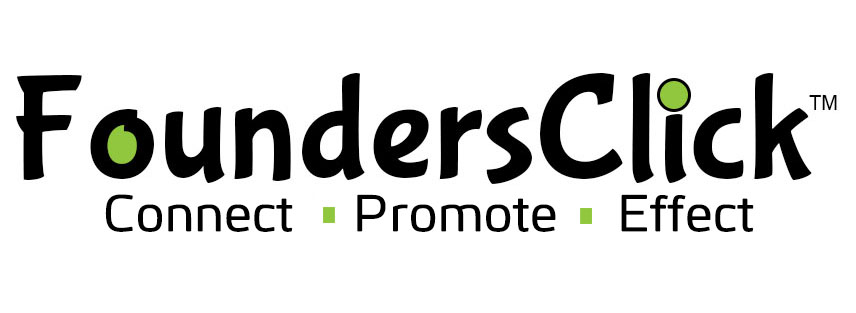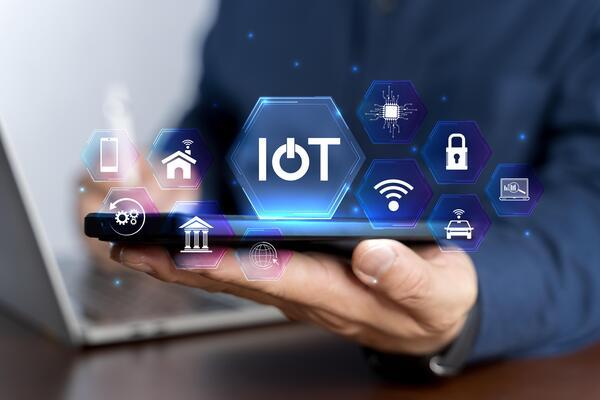Internet of Things (IoT): Overview
The Internet of Things (IoT) refers to a network of physical devices—such as home appliances, vehicles, industrial machines, and wearable tech—that are connected to the internet and can collect, send, and receive data without human intervention.
Key Components of IoT:
-
Devices/Sensors (Things):
-
Collect data from the environment (e.g., temperature, light, motion).
-
Examples: Thermostats, smartwatches, security cameras.
-
-
Connectivity:
-
Devices connect via Wi-Fi, Bluetooth, Zigbee, LoRa, or cellular networks.
-
Enables communication with other devices or cloud servers.
-
-
Data Processing:
-
Data from sensors is processed locally (edge computing) or in the cloud.
-
Decisions are made automatically (e.g., turning on a fan when it's hot).
-
-
User Interface:
-
Allows users to interact with the system via apps or dashboards.
-
Example: Using a smartphone to view live CCTV footage.
-
Examples of IoT Applications:
| Category | Example Devices/Uses |
|---|---|
| Home | Smart bulbs, voice assistants, smart TVs |
| Health | Fitness trackers, remote patient monitors |
| Agriculture | Smart irrigation, soil sensors |
| Industry | Predictive maintenance, factory automation |
| Transport | Connected cars, GPS tracking, fleet monitoring |
Benefits of IoT:
-
Automation & Efficiency
-
Real-time Monitoring
-
Cost Savings
-
Improved Decision Making
Challenges:
-
Security & Privacy Risks
-
Data Overload
-
Interoperability (different devices working together)
-
Power Management (battery life of devices)

 SkillClick
SkillClick
